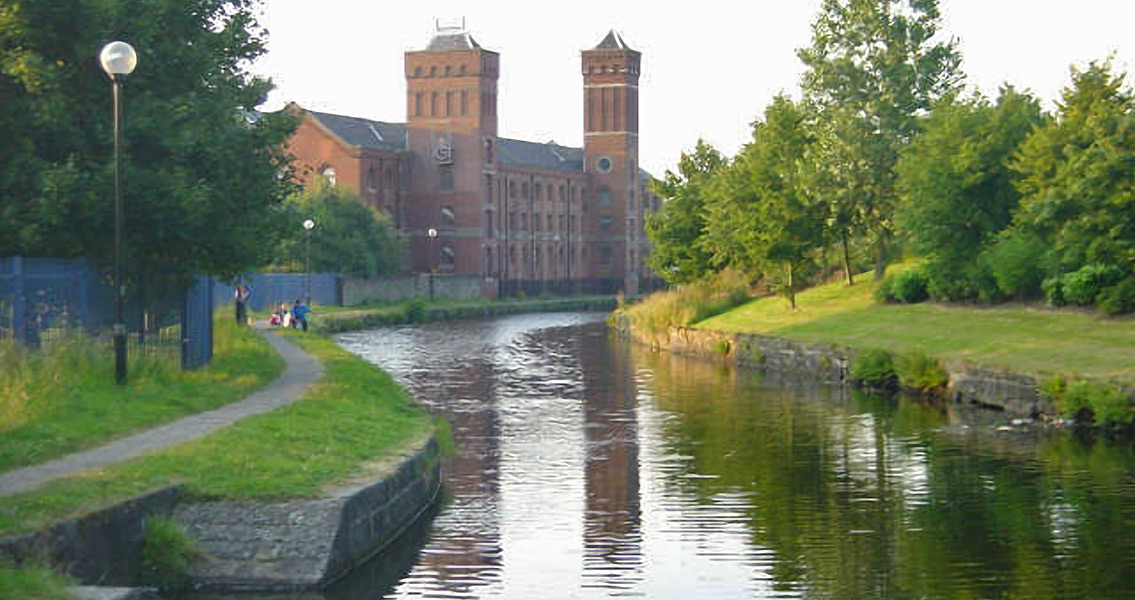<![CDATA[Preliminary road construction efforts in Lancashire, England have seen the remains of as many as 800 young children unearthed by archaeologists. Nearly 2,000 bodies were recently exhumed in Blackburn at St. Peter’s Burial Ground, a graveyard that opened in 1821. Around 30 percent of the burial ground was excavated in preparation for new roadwork scheduled to be completed in the region soon, and the high percentage of children has led archaeologists to suspect the high mortality rate in the early to mid-nineteenth century was likely due to poor sanitation and a dearth of medical care. Many of the children, which appear to be six years of age and younger, likely succumbed to infection according to the researchers. In an interview with the BBC, a spokeswoman with Darwen Borough Council stated that the Blackburn burial ground had been used regularly up until the 1870s. Headland Archaeology bone study expert Dave Henderson also remarked on the find, adding that while skeletal analysis was still in the very early stages, the cause of death for many of the children is expected to be from pulmonary and gastrointestinal infections. In fact, their deaths might have been so sudden that there may be little to no signs of their illness in their skeletal remains, said Henderson. The bone expert noted that during the middle of the nineteenth century, Blackburn was quickly becoming overcrowded thanks to its status as an industrial center. He hopes that the study of the remains will be able to shed some light on the lives of the ordinary citizens of the time in a region besides London, as most of the scholarly research on the subject has been relegated to the capital city. So far, there have been some revelations, such as the most common names for children. Based on records of more than 175 memorial stones for the burial site, popular names for boys included John and Thomas, while Elizabeth and Mary were common girls’ names. Additional discoveries at the burial site include the remains of a soldier thought to have suffered injuries while fighting in the Crimean War, and a time capsule that contained 16 coins, all of which would have been in circulation in the early to mid-1800s. Some of the other grave goods included many of the children being interred with jewelry made from colored glass beads, and adults buried with their wedding rings – often made of cheap brass, according to finds manager Julie Franklin. At one time the burial ground was accompanied by St. Peter’s Church, which would have been able to accommodate 1,500 parishioners at a time. However, by the middle of the twentieth century it had fallen into ill repair; in 1976 it was razed to the ground. The cemetery will welcome back its recently exhumed inhabitants, though in a different place, accompanied by a memorial service presided over by the Bishop of Blackburn and scheduled for the summer of 2016. Image courtesy of Wikimedia Commons user: Martin Clark]]>
Remains of 800 Young Children Discovered in Lancashire
